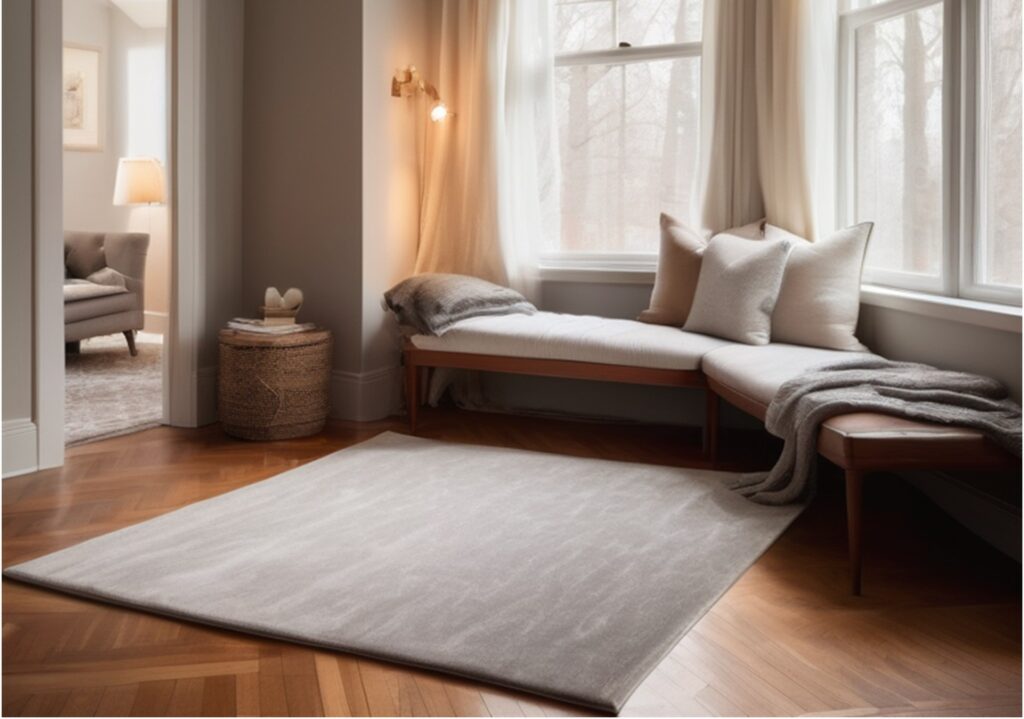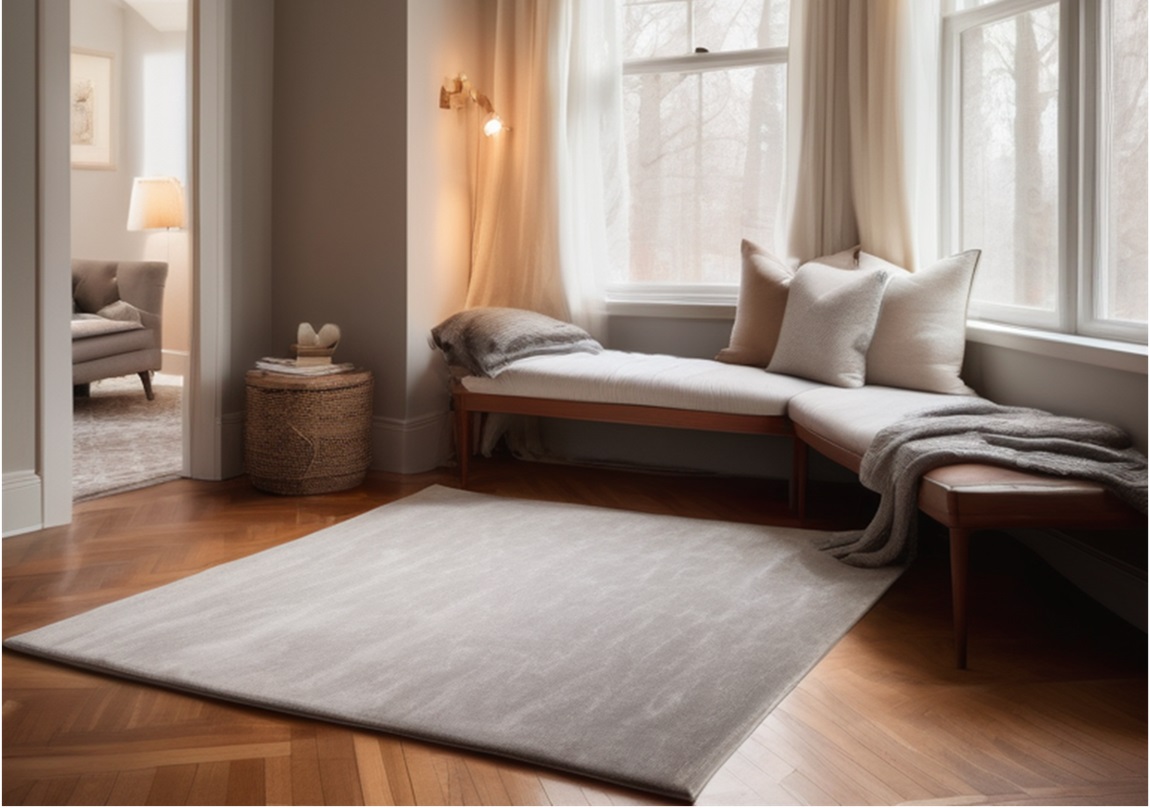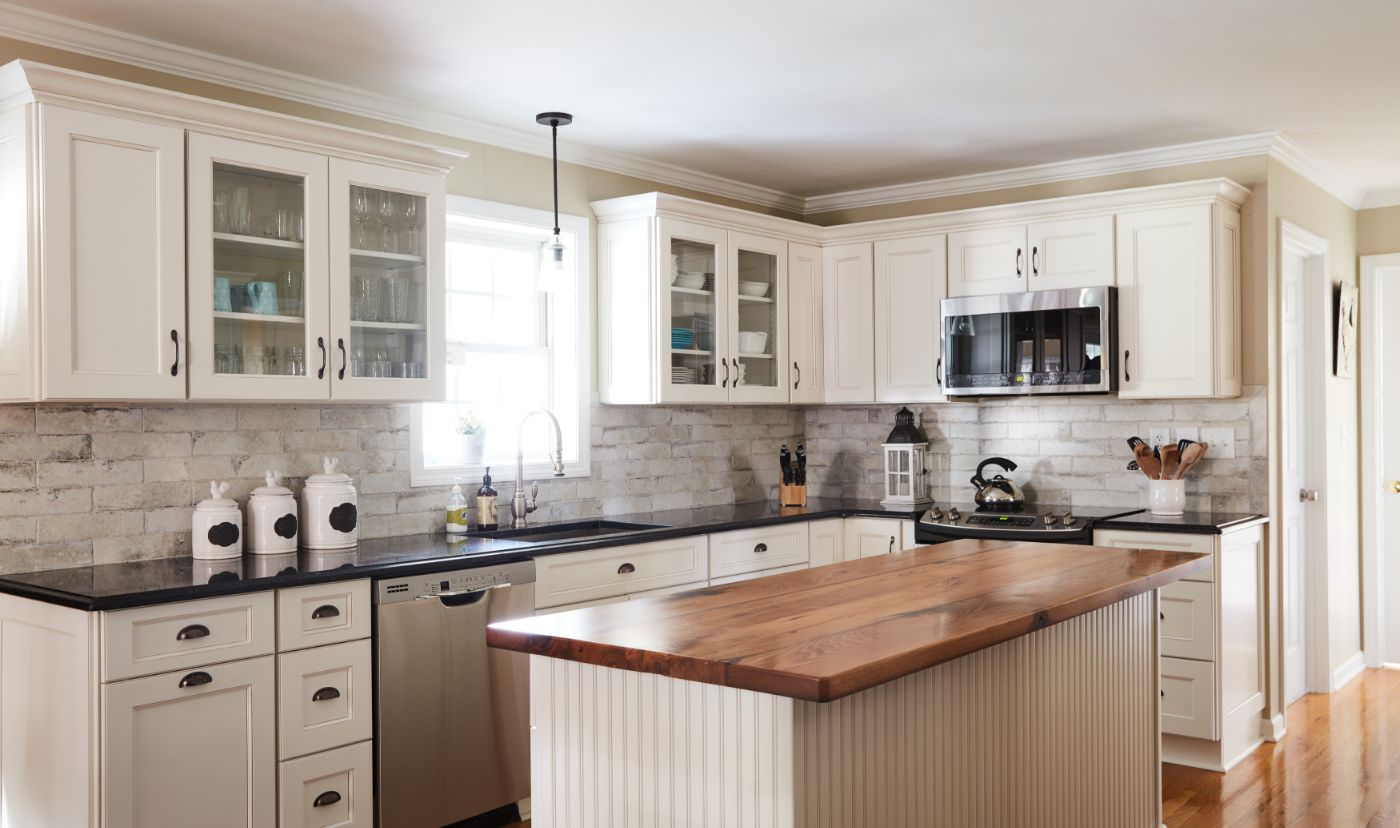Top 10 FAQ About the Best Flooring Options
Choosing the right flooring for your home is an important decision that can greatly impact the overall look and feel of your space. With so many flooring options available, it can be overwhelming to determine which one is the best fit for your needs. Factors like budget, lifestyle, and personal taste all play a role in making this decision. In this blog, we will explore the top 10 frequently asked questions about the best flooring options to help you make an informed choice.

The Basics of Flooring Types
When it comes to flooring, there are several types to consider. Porcelain and ceramic tile are popular choices for their durability and water resistance. Stone flooring, such as granite or marble, offers a bold and elegant look. Each type has its own unique characteristics and benefits, so it’s important to understand the differences before making a decision. Whether you’re looking for a classic hardwood floor or a modern vinyl option, knowing the basics of each flooring type will help you make an informed choice.
Key Considerations Before Choosing Our Flooring
Before choosing a flooring option, there are a few key considerations to keep in mind. First, consider the type of flooring that best suits your needs and preferences. Next, determine the square footage of the area you plan to cover to estimate the cost. If you’re considering hardwood flooring, decide whether you want solid wood or engineered wood, as each has its own advantages. By taking these factors into account, you can ensure that you choose the right flooring option for your home.
Read more blogs here.
Top 10 FAQ’s About The Best Flooring Options
Now let’s dive into the top 10 frequently asked questions about the best flooring options. These questions cover a range of topics, including the best flooring for pets and children, how to maximize your flooring budget, and which flooring offers the best return on investment. We’ll also address maintenance requirements, the possibility of installing new flooring over existing flooring, and tips for choosing the best flooring option for your home. By answering these frequently asked questions, we hope to provide you with the information you need to make an informed decision about your flooring choices.
Which Flooring Is Best for Pets and Children?
When it comes to pets and children, durability and ease of cleaning are two important factors to consider. Vinyl tile and laminate floors are both durable and easy to clean, making them ideal choices for households with pets and children. Solid hardwood is also a good option, but it may require more maintenance. Ultimately, the best flooring for pets and children depends on your specific needs and preferences.
How Can I Maximize My Flooring Budget?
If you’re working with a limited budget, there are several ways to maximize your flooring budget. Choosing cost-effective options like luxury vinyl tile can help you achieve the look you want at a lower cost. Additionally, comparing prices and shopping around for the best deals can help you get the most value for your money. By considering your priorities and exploring different flooring types, you can find a flooring option that fits your budget without compromising on quality.
Can Floors Be Easily Replaced or Upgraded?
Yes, floors can be easily replaced or upgraded. If you’re looking to change your flooring, there are many options available. The cost of replacing or upgrading your flooring will depend on factors like the type of flooring, installation costs, and the size of the area to be covered. Resilient flooring options like luxury vinyl tile or laminate may be easier and more cost-effective to replace or upgrade compared to other types of flooring.
What Flooring Offers the Best Return on Investment?
Hardwood flooring, particularly solid wood flooring, often offers a high return on investment. Not only does hardwood flooring enhance the overall aesthetic appeal of a home, but it can also increase its property value. Hardwood floors are durable and long-lasting, making them a worthwhile investment for homeowners.
Tips for Choosing Flooring in Humid Climates
In humid climates, it’s important to choose flooring options that can withstand moisture. Engineered wood flooring and vinyl plank flooring are both great choices because they are resistant to humidity and moisture.
Additionally, using a moisture barrier during installation can help prevent any potential damage. When selecting flooring for humid climates, it’s important to consider the climate and the specific needs of your home.
What are some factors to consider when choosing the best flooring option for my home?
When choosing the best flooring option for your home, there are several factors to consider. Here are some key points to keep in mind:
- Foot traffic: Consider how much traffic the area will receive to choose a flooring option that can withstand the wear and tear.
- Family rooms: If you have children or pets, consider a flooring material that is durable and easy to clean.
- Proper care: Different flooring materials require different levels of maintenance, so consider how much time and effort you are willing to invest in caring for your floors.
- Style preferences: Choose a flooring option that matches your personal style and complements the overall aesthetic of your home.
- Home environment: Consider factors like humidity levels, temperature fluctuations, and the presence of moisture when selecting a flooring material.
By considering these factors, you can choose a flooring option that meets your needs and enhances the beauty of your home.
What are the maintenance requirements for different types of flooring options?
Different types of flooring options have varying maintenance requirements. Here’s an overview of the maintenance requirements for some popular flooring types:
- Regular maintenance: Certain flooring options like hardwood and laminate require regular cleaning and maintenance to keep them looking their best. This may include sweeping, vacuuming, and occasionally mopping with a suitable cleaner.
- Little maintenance: Some flooring options, like natural stone or luxury vinyl tile, require little maintenance beyond regular cleaning. These materials are durable and can withstand daily wear and tear with minimal effort.
- Real wood: Real wood flooring requires periodic refinishing and resealing to maintain its appearance and protect against damage.
- Maintenance routine: Establishing a regular maintenance routine for your floors, regardless of the type, can help prolong their lifespan and keep them looking their best.
By following the recommended maintenance guidelines for your chosen flooring material, you can ensure that your floors remain in great condition for years to come.
Is it possible to install new flooring over existing flooring?
In some cases, it is possible to install new flooring over existing flooring. However, there are several factors to consider before doing so. These include the type of flooring being installed, the condition of the existing layers, and the preparation of the subfloor. In some instances, a concrete floor may need to be properly prepared before new flooring can be installed. It’s also important to note that different installation methods may be required depending on the type of flooring being installed. Consulting with a professional flooring installer can help determine whether installing new flooring over existing flooring is feasible and what steps need to be taken to ensure a successful installation.
How do I choose between hardwood, laminate, vinyl, and tile flooring options?
Choosing between hardwood, laminate, vinyl, and tile flooring options can be a difficult decision.
By considering the pros and cons of each flooring option and comparing them based on your specific needs and preferences, you can choose the best flooring option for your home.
What are the cost considerations when selecting a new flooring option?
When selecting a new flooring option, cost is an important factor to consider. Budgeting for your project and understanding the cost per square foot of different flooring materials will help you make an informed decision.
The cost of flooring varies depending on the material, installation costs, and any additional expenses such as underlayment or adhesive. Hardwood flooring, for example, can range from $5 to $10 per square foot for installation. Engineered wood flooring is slightly more affordable, with an average cost of $4 to $9 per square foot installed. Laminate flooring is a budget-friendly option, with an average cost of $3 to $7 per square foot installed. Vinyl flooring can range from $1.50 (sheet vinyl) to $6 or more (luxury vinyl plank and tile) per square foot for installation.
It’s important to consider not only the initial cost of the flooring material but also the long-term costs of maintenance and potential repairs. Some flooring materials may require more frequent cleaning or refinishing, which can add to the overall cost over time.
Overall, there are affordable flooring options available for every budget, and it’s essential to explore different price ranges to find the best fit for your needs.
Conclusion
Selecting the best flooring option for your space involves considering factors such as budget, lifestyle, and personal taste. Popular flooring options include hardwood, engineered wood, laminate, vinyl, tile, and carpet. Consider your budget, long-term maintenance, and specific room needs when selecting the best flooring option for your space.







